
Layout, design and features …
Let’s take a closer look at the monitor. The front looks very clean. Neither buttons nor LEDs can be seen here.

The stand could also be adjusted in a few simple steps.
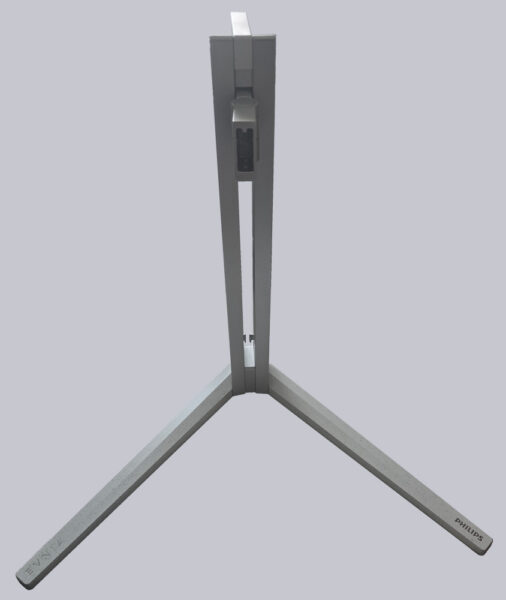
and two screws to the monitor.
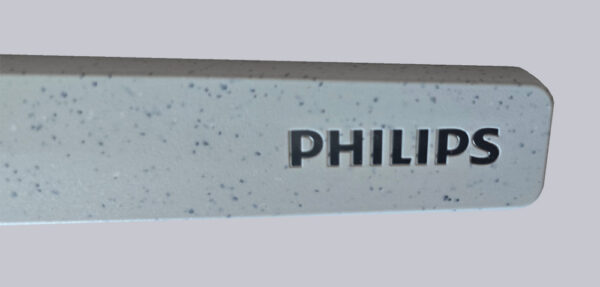
The design consists of a white base tone that is peppered with flecks of color.

This is of course a matter of taste, but can be quickly remedied by using the supplied VESA mount.

As can be clearly seen here, the monitor can be adjusted sideways as well as up and down.

Even the tilt can be adjusted, giving the monitor maximum flexibility.

Otherwise, the monitor is very tidy. At first glance, there are no controls to be found. There is only one button on the back, which can be used to switch on and operate the device.

All settings can also be made using the remote control supplied, which is powered by two AAA batteries.
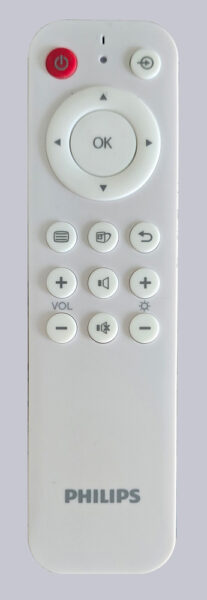
We also find an LED element in the housing on the back …
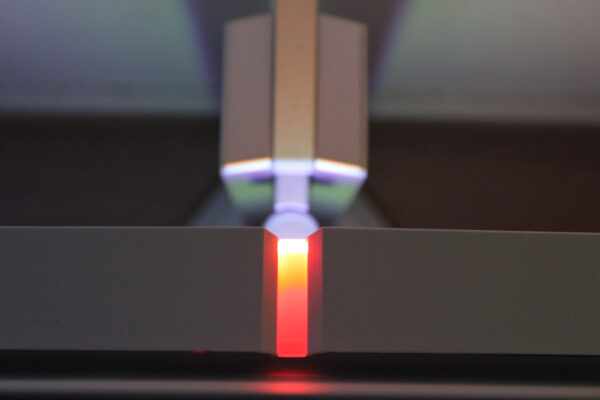
and of course other LEDs that are responsible for ambient lighting.

The monitor also has an operating LED at the bottom edge, which is illuminated in white as soon as the device is in operation.

In terms of connection, the monitor has a lot more to offer than just the power connection.

The Philips monitor offers further connections in the form of two HDMI ports, a display port, a USB-C port, various USB uplink and charging sockets and a 3.5mm jack socket.

Now that we have already provided you with the technical data, the rating plate no longer holds any surprises. Or does it? 😉
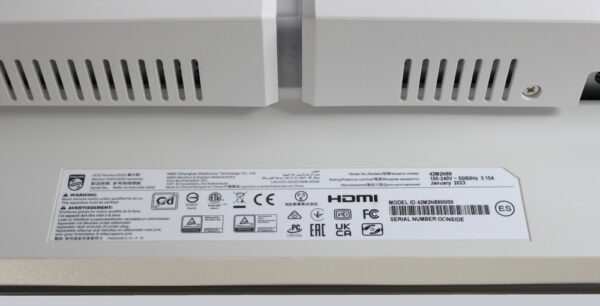
A beautiful back can also be attractive. The back again shows the surrounding LEDs and two ventilation slots.

Now we come to the practical testing of the Philips 42M2N8900 gaming monitor.
Philips 42M2N8900 Gaming Monitor practical testing …

